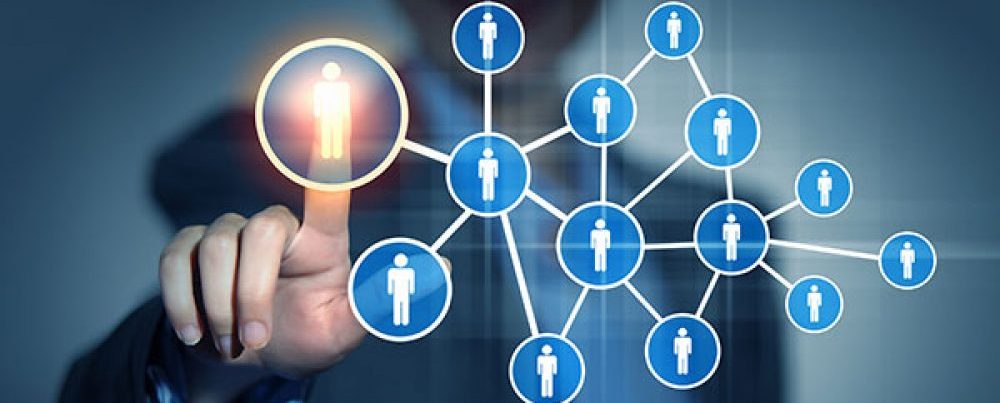Human Resources (HR) is responsible for the day-to-day management of an organization’s personnel. A typical HR department includes staff including payroll officers, generalists, payroll processors, benefits and compensation managers, information technology, human resource management, legal, finance and marketing managers, and HR directors. Organizations have different needs when it comes to their HR staff. It may consist of just a few individuals or many depending on the size of the organization.
In order to effectively organize your employees, you need to hire the right people for the right position. This requires sufficient knowledge about the work force you are working with and the requirements of the job. A good Human Resources personnel management service should be capable of creating a work force that is balanced between men and women, seniority, diversity, and age. Most small business owners do not have the time or experience in personnel management to hire and train their own HR personnel. Instead, they hire larger firms with highly trained human resource management staff.
The HRM services include a variety of responsibilities including employee benefits administration, retirement plans, group health, recruiting, training, talent acquisition, employment law compliance, and payroll administration. There are currently three major agencies that provide HRM services to small businesses: The Human Resources Management Institute (HRM Institute), The International Society for Human Resource Management (ISHRM), and The Center for Corporate and Recruiting Professionals (CCP). Each of these agencies provides different components to their programs and each also has local affiliates and field offices. They operate in North America, Europe, Asia, Australia, and South America.
The major functions of the human resources departments include recruiting, training, managing, and payroll administration. When hiring new employees, the hiring manager will use the comprehensive database to match the skills of the applicant with an open position. Once the person is hired, they will perform their assigned duties in addition to performing administrative tasks such as creating payroll reports and filing the appropriate forms.
The third major role of the human resources people manager is change management. Change management involves approving lay-offs, hiring, firing, negotiating compensation, performance reviews, and various other internal business processes. In order to perform their functions, they must have extensive knowledge in people management, planning, organizing, delegating, monitoring, motivating, and coaching. Most human resources professionals begin their careers by working in an entry-level position. As they advance, they can gain more responsibilities and positions. At some point they may choose to specialize in a particular area of Human Resources.
There are many changes being made in the workplace as companies are realizing the importance of Human Resources. Some of these changes include: promoting from within, developing specialized staff, improving working conditions, providing benefits for workers, and making the workforce more attractive to companies. Although human resources has been essential to companies for hundreds of years, the pace of change has accelerated in the last few decades. Companies are now focusing on employee benefits, retirement plans, and company-paid health care benefits. These changes, combined with an aging population, are creating a critical need for qualified human resources professionals to meet these needs.


